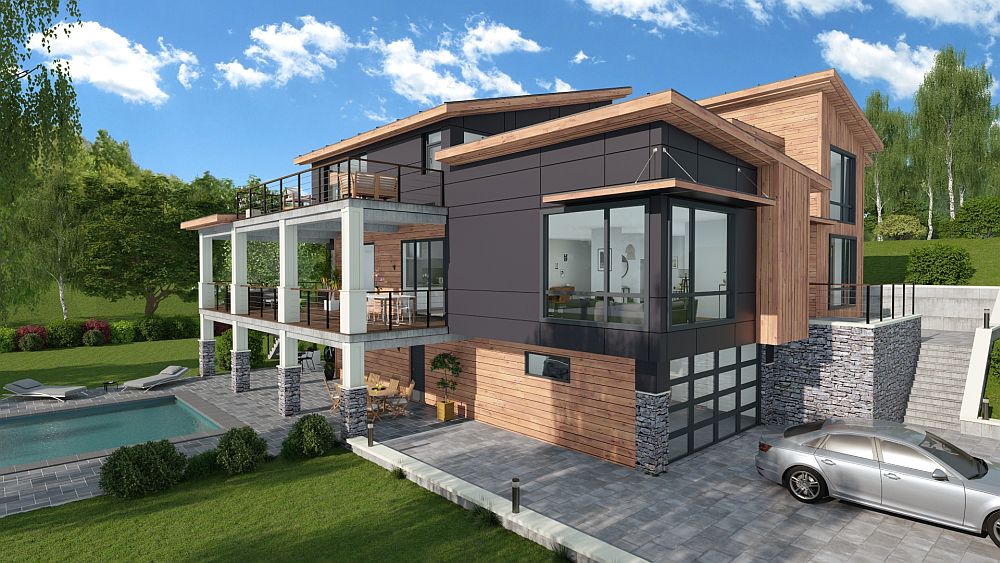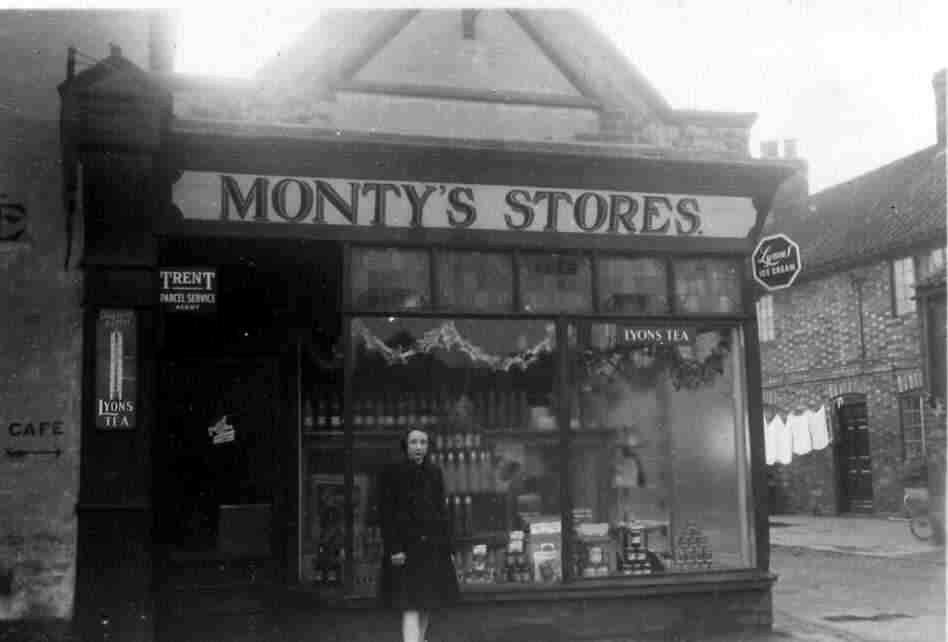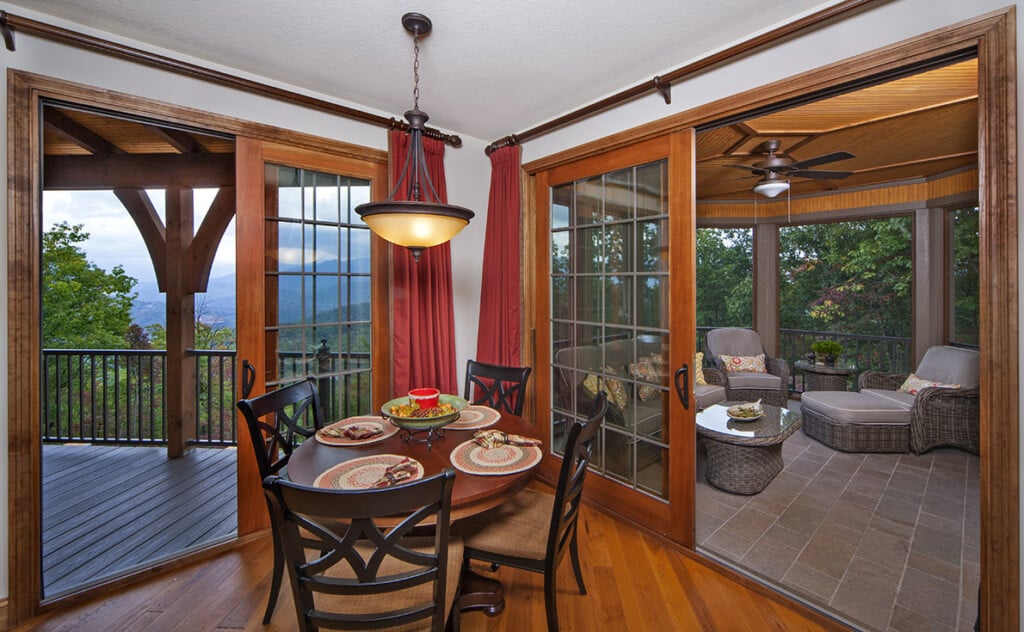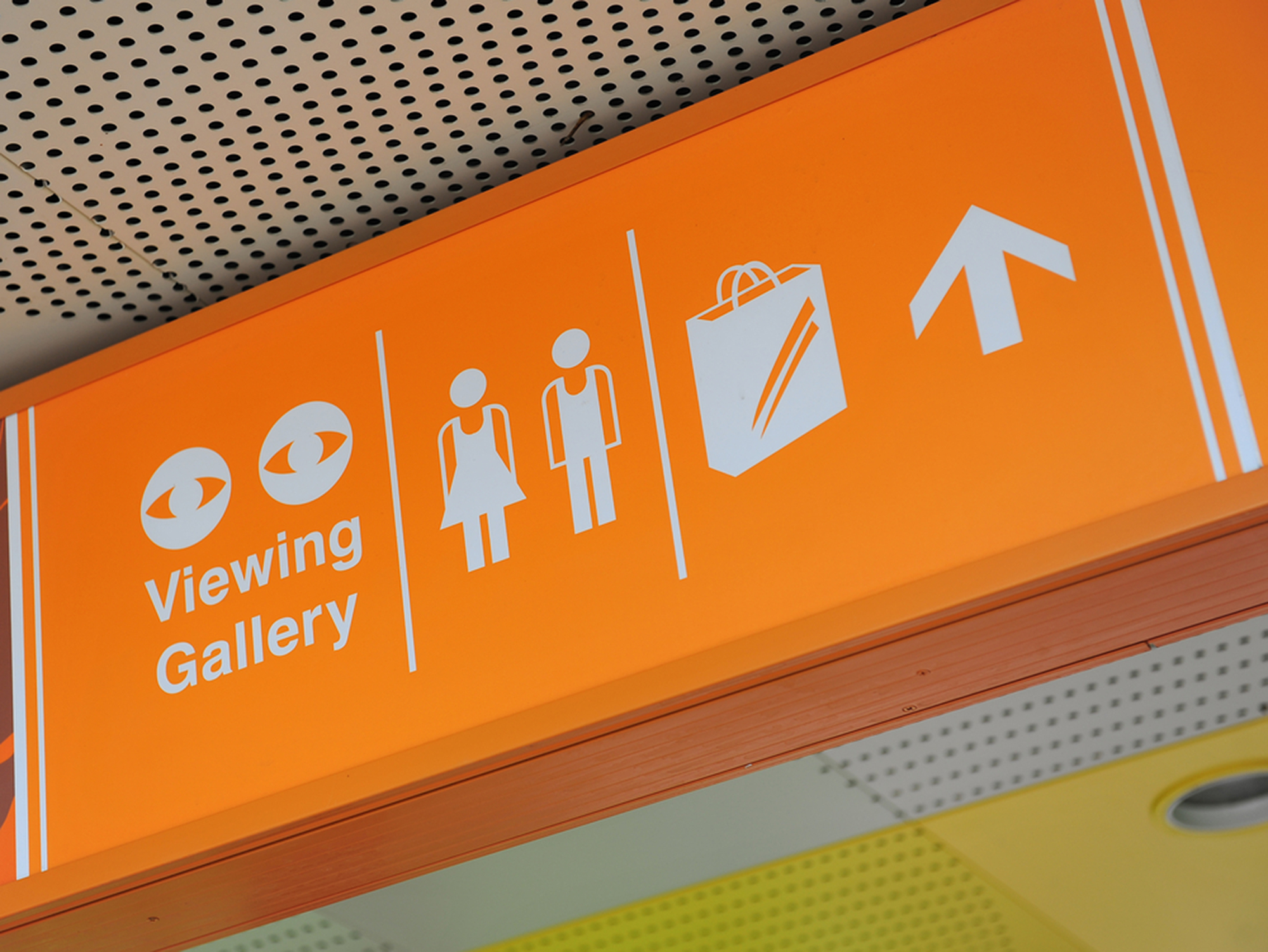Table Of Content

The keeper of the light in 1449 was Antonio Columbo, uncle of the Columbus who crossed the Atlantic. Another early lighthouse was built at Meloria, Italy, in 1157, which was replaced in 1304 by a lighthouse on an isolated rock at Livorno. In France the Roman tower at Boulogne was repaired by the emperor Charlemagne in 800. It lasted until 1644, when it collapsed owing to undermining of the cliff. The most famous French lighthouse of this period was one on the small island of Cordouan in the estuary of the Gironde River near Bordeaux. In 1584 Louis de Foix, an engineer and architect, undertook the construction of a new light, which was one of the most ambitious and magnificent achievements of its day.
Los Angeles Harbor Light
For five days in February 1931, the lighthouse was battered by large breakers, spawned by a gale. After being trapped inside the tower for ten days, Keeper Conklin and his assistants reportedly dropped a plumb line from the lantern gallery, proving their suspicion that the storm had given the tower a slight lean shoreward. The tower’s lean is more likely due to the uneven settling of the land beneath the foundation block. Enjoy watching the sunset and then rise by staying in one of the former lighthouse keepers and assistant’s homes. If you plan on seeing this lighthouse up close, you will need a reservation.
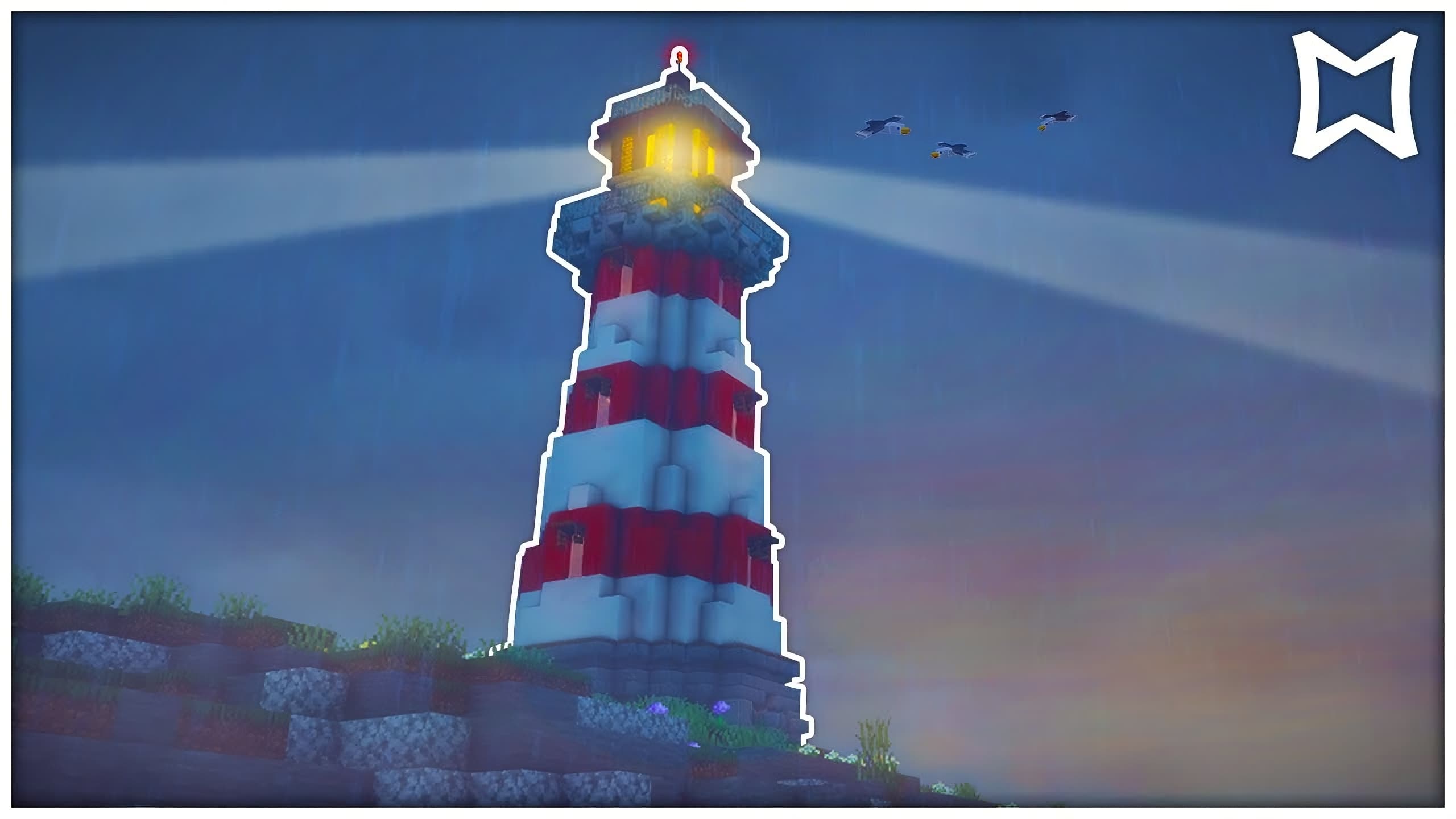
Ideabooks
The restoration project for the conversion of a 1911 complex into a tourist-receptive facility involved the consolidation and conservation of the original body, freed of incongruous superfetations. The ground floor is dedicated to the living area and the kitchen-dining room, while the first floor houses three bedrooms and a bathroom; an external staircase leads to the panoramic terrace where the lighthouse lantern, which is still working, is located. The use of local materials such as Modica stone for floors and walls creates a deep connection with the local building tradition.
"UNDERSTANDS PRINCIPALS OF BUILDING AND DESIGN"
The Eddystone Rocks, an extensive reef near Plymouth Sound, England and one of the major shipwreck hazards for mariners sailing through the English Channel,[12] was the site of many technical and conceptual advances in lighthouse construction. The difficulty of gaining a foothold on the dangerous rocks, particularly in the predominant swell, meant that it was a long time before anyone attempted to place any warning on them. While the evidence provides insight into the exterior structure of these structures, there are many gaps in evidence concerning less visible aspects of the structures. The remains at A Coruña and Dover help determine how each lighthouse structure functioned, though one must make some assumptions to determine how the structures beacons were illuminated. Presumably locally available fuels will have included wood and probably coal to keep a fire going continuously during the night, and there is a large chimney leading to the top room at the Tower of Hercules. The example from Dover has been converted at some stage into a simple bell tower for the adjoining church.
West Quoddy Head Light
Located in Crescent City, this lighthouse sits just offshore from Battery Point Beach and can be accessed only around low tide when the beach and island connect. Of the 30 lighthouses, 16 are open to the public, and six have overnight accommodations in case you want a unique way to stay the night in California. Along the rugged California coastline, 30 lighthouses shine a beacon out to the Pacific Ocean. In times of darkness, the structure illuminates along 1,000 square meters of horizontal light panels powered by photovoltaic cells, making it a sustainable layer of the surrounding landscape. Cimini describes the lighthouse as a ‘nostalgic object,’ a term that recognizes the obsolete navigational functions of the structure but highlights feelings of cultural fondness and memory.
Introduction to Creating a Beautiful Lighthouse Out of Free Wooden Plans
Lighthouse on Camp Street a beacon for the curious - NOLA.com
Lighthouse on Camp Street a beacon for the curious.
Posted: Fri, 02 Aug 2019 07:00:00 GMT [source]
It was followed in 1708 by a second wooden tower, constructed by John Rudyerd, which was destroyed by fire in 1755. Rudyerd’s lighthouse was followed by John Smeaton’s famous masonry tower in 1759. Smeaton, a professional engineer, embodied an important new principle in its construction whereby masonry blocks were dovetailed together in an interlocking pattern. Despite the dovetailing feature, the tower largely relied on its own weight for stability—a principle that required it to be larger at the base and tapered toward the top. Instead of a straight conical taper, though, Smeaton gave the structure a curved profile. Not only was the curve visually attractive, but it also served to dissipate some of the energy of wave impact by directing the waves to sweep up the walls.
Allow enough time for this layer of cement to dry fully before moving onto any further steps in construction. The 39-foot cylindrical tower is home to one of the world’s most advanced beacons. Built in 1855 and only used for 36 years, this lighthouse is open daily except for December 25.
I was skeptical of some of his ideas at first because he does a lot of things differently, but in every case I have been very impressed with the finished product. On his own home I followed his design to create a curving handrail that snaked down two stories of a stair, made from PVC. I also worked on a 7000’ project in Newton that was beautifully detailed, including a walnut handrail with a steel bar hidden inside to make it strong without appearing clunky.
The civil engineer, John Smeaton, rebuilt the lighthouse from 1756–59;[18] his tower marked a major step forward in the design of lighthouses and remained in use until 1877. He modelled the shape of his lighthouse on that of an oak tree, using granite blocks. This profile had the added advantage of allowing some of the energy of the waves to dissipate on impact with the walls. With the increasing number of ships lost along the Newcastle to London coal route, Trinity House established the Lowestoft Lighthouse in 1609, a pair of wooden towers with candle illuminants.
Annual Lighthouse Awards Recognize Finest in Building and Design - Hilton Head Monthly
Annual Lighthouse Awards Recognize Finest in Building and Design.
Posted: Tue, 24 Nov 2020 08:00:00 GMT [source]
The third story housed a kitchen, pantry, and living room, while the fourth story had a bathroom and two bedrooms for the keepers, whose families were housed on shore, and the fifth story had a third bedroom and the watchroom.. Standing nearly 220 feet above sea level on the island of Hiiumaa in Estonia is the centuries-old Kõpu Lighthouse. Completed in 1531, the limestone and granite structure itself stands at a height of 124 and features a square-shaped tower with four buttresses and a balcony on top.
On the last Wednesday of each month during the summer, volunteers will be at the lighthouse for Walk-in Wednesday. Take the 4-mile hike from the elephant seal parking lot to the lighthouse. Halfway between San Francisco and Santa Cruz through Big Sur, travelers will pass the West Coast’s tallest lighthouse. It sits 118 feet high along Highway 1, also known as the Pacific Coast Highway. This lighthouse, situated in the middle of the San Francisco Bay, is on the island that housed the infamous Alcatraz prison. The lighthouse on Alcatraz Island was originally built in 1852 and was the first in California.
I found the cool way to incorporate the letter S in the design as a lighthouse body. I really enjoyed the website project for Whitetower, a digital agency based in Sydney...like the head- section, which is composed of several pictures. I chose to show this through the perspective of the waves to add intensity and suspense to it. This 1896 lighthouse on a bluff above the Lake Superior shoreline was converted into a bed and breakfast in 1986.
The modern era of lighthouses began at the turn of the 18th century, as lighthouse construction boomed in lockstep with burgeoning levels of transatlantic commerce. Advances in structural engineering and new and efficient lighting equipment allowed for the creation of larger and more powerful lighthouses, including ones exposed to the sea. The function of lighthouses shifted toward the provision of a visible warning against shipping hazards, such as rocks or reefs. Where dangerous shoals are located far off a flat sandy beach, the prototypical tall masonry coastal lighthouse is constructed to assist the navigator making a landfall after an ocean crossing. Often these are cylindrical to reduce the effect of wind on a tall structure, such as Cape May Light. Smaller versions of this design are often used as harbor lights to mark the entrance into a harbor, such as New London Harbor Light.
William Hutchinson developed the first practical optical system in 1763, known as a catoptric system. He constructed paraboloidal reflectors by attaching small pieces of reflective material to a cast that had been moulded into an approximate paraboloid. This rudimentary system effectively collimated the emitted light into a concentrated beam, thereby greatly increasing the light's visibility. It also became possible to transmit complex signals using the light flashes.
While the function has become somewhat obsolete, the building has adopted a cultural significance as a destination rich in history. In any of these designs an observer, rather than seeing a continuous weak light, sees a brighter light during short time intervals. These instants of bright light are arranged to create a light characteristic or pattern specific to a lighthouse.[31] For example, the Scheveningen Lighthouse flashes are alternately 2.5 and 7.5 seconds. Some lights have sectors of a particular color (usually formed by colored panes in the lantern) to distinguish safe water areas from dangerous shoals.

